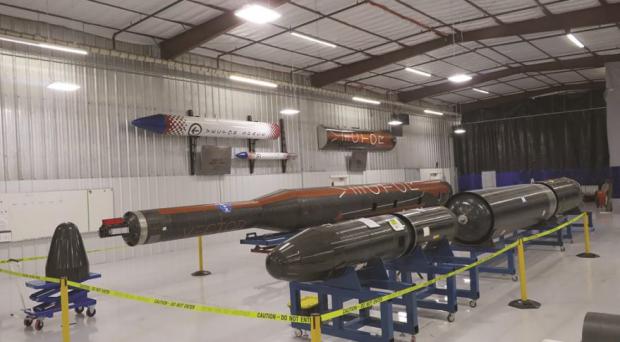
Breaking News
DRINK 1 CUP Before Bed for a Smaller Waist
 Nano-magnets may defeat bone cancer and help you heal
Nano-magnets may defeat bone cancer and help you heal
 Dan Bongino Officially Leaves FBI After One-Year Tenure, Says Time at the Bureau Was...
Dan Bongino Officially Leaves FBI After One-Year Tenure, Says Time at the Bureau Was...
 WATCH: Maduro Speaks as He's Perp Walked Through DEA Headquarters in New York
WATCH: Maduro Speaks as He's Perp Walked Through DEA Headquarters in New York
Top Tech News
 Laser weapons go mobile on US Army small vehicles
Laser weapons go mobile on US Army small vehicles
 EngineAI T800: Born to Disrupt! #EngineAI #robotics #newtechnology #newproduct
EngineAI T800: Born to Disrupt! #EngineAI #robotics #newtechnology #newproduct
 This Silicon Anode Breakthrough Could Mark A Turning Point For EV Batteries [Update]
This Silicon Anode Breakthrough Could Mark A Turning Point For EV Batteries [Update]
 Travel gadget promises to dry and iron your clothes – totally hands-free
Travel gadget promises to dry and iron your clothes – totally hands-free
 Perfect Aircrete, Kitchen Ingredients.
Perfect Aircrete, Kitchen Ingredients.
 Futuristic pixel-raising display lets you feel what's onscreen
Futuristic pixel-raising display lets you feel what's onscreen
 Cutting-Edge Facility Generates Pure Water and Hydrogen Fuel from Seawater for Mere Pennies
Cutting-Edge Facility Generates Pure Water and Hydrogen Fuel from Seawater for Mere Pennies
 This tiny dev board is packed with features for ambitious makers
This tiny dev board is packed with features for ambitious makers
 Scientists Discover Gel to Regrow Tooth Enamel
Scientists Discover Gel to Regrow Tooth Enamel
 Vitamin C and Dandelion Root Killing Cancer Cells -- as Former CDC Director Calls for COVID-19...
Vitamin C and Dandelion Root Killing Cancer Cells -- as Former CDC Director Calls for COVID-19...
Vector restarting operations under new ownership

WASHINGTON — Vector, a small launch vehicle developer that went bankrupt in 2019, is getting a second chance under new ownership, with changes to both its technology and initial markets.
Vector has raised more than $100 million to develop a family of small launch vehicles, but suspended operations in August 2019 and laid off most of its employees after one of its key investors pulled out. The company filed for Chapter 11 bankruptcy in December and later decided to sell its assets.
Vector's satellite assets, called GalacticSky, were acquired by Lockheed Martin in February for $4.25 million. Vector's launch assets were sold in May to an entity known as TLS Bidco LLC for $1.175 million, according to bankruptcy court filings.
The new owner of Vector's launch assets is a consortium led by John Moran, president and chief executive of Moran Logistics, a shipping company based in Pennsylvania. They are restarting Vector with Robert Spalding, a retired Air Force brigadier general who previously served on the staff of the National Security Council, as chief executive.
Spalding said in an interview he had been familiar with the original Vector during his time at the White House because of his work at the time on developing secure 5G networks. After leaving government service, he started up a 5G company and talked with Vector about supporting those plans. He kept in contact with Vector after it filed for Chapter 11 and convinced investors to purchase the assets.
"We thought there was tremendous value. They had invested $100 million in trying and failing," he said, citing the facilities and infrastructure it developed. "There was a lot of things that they had done right, and there's just a few things that they had done wrong."



